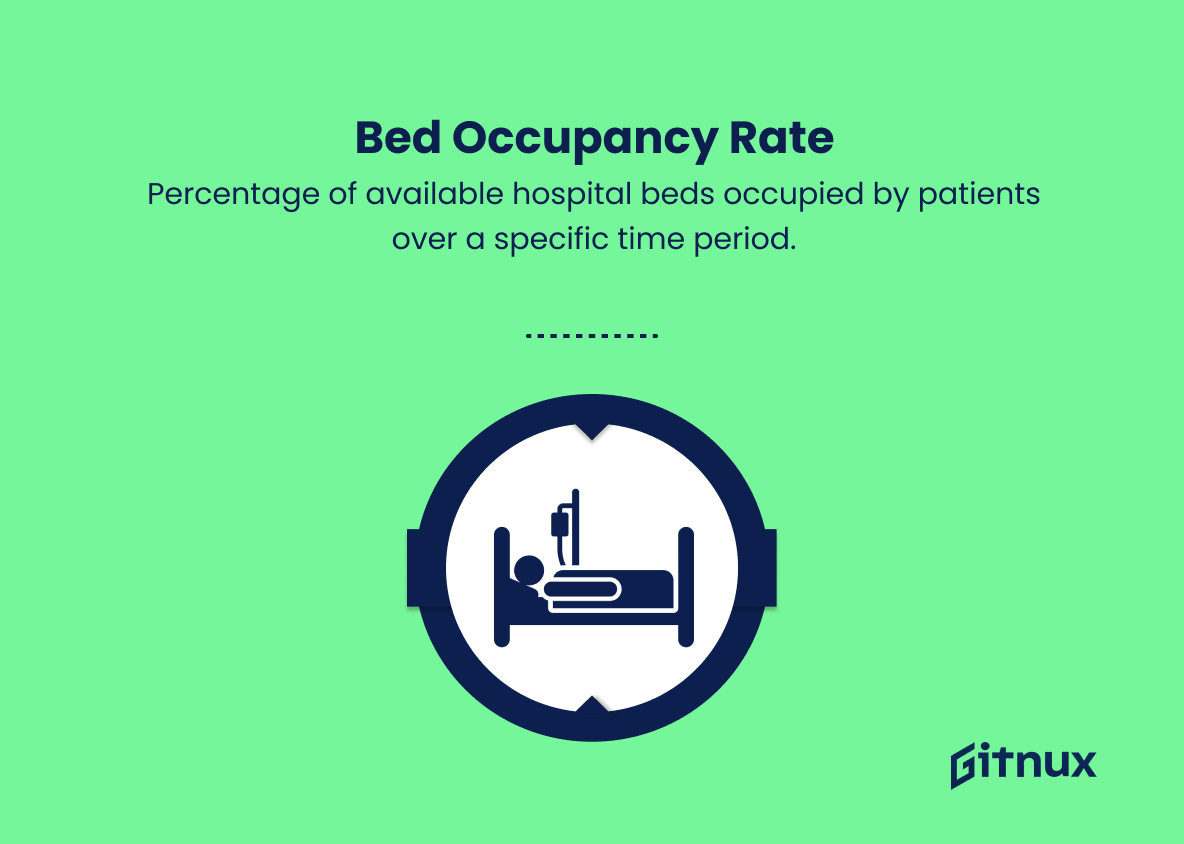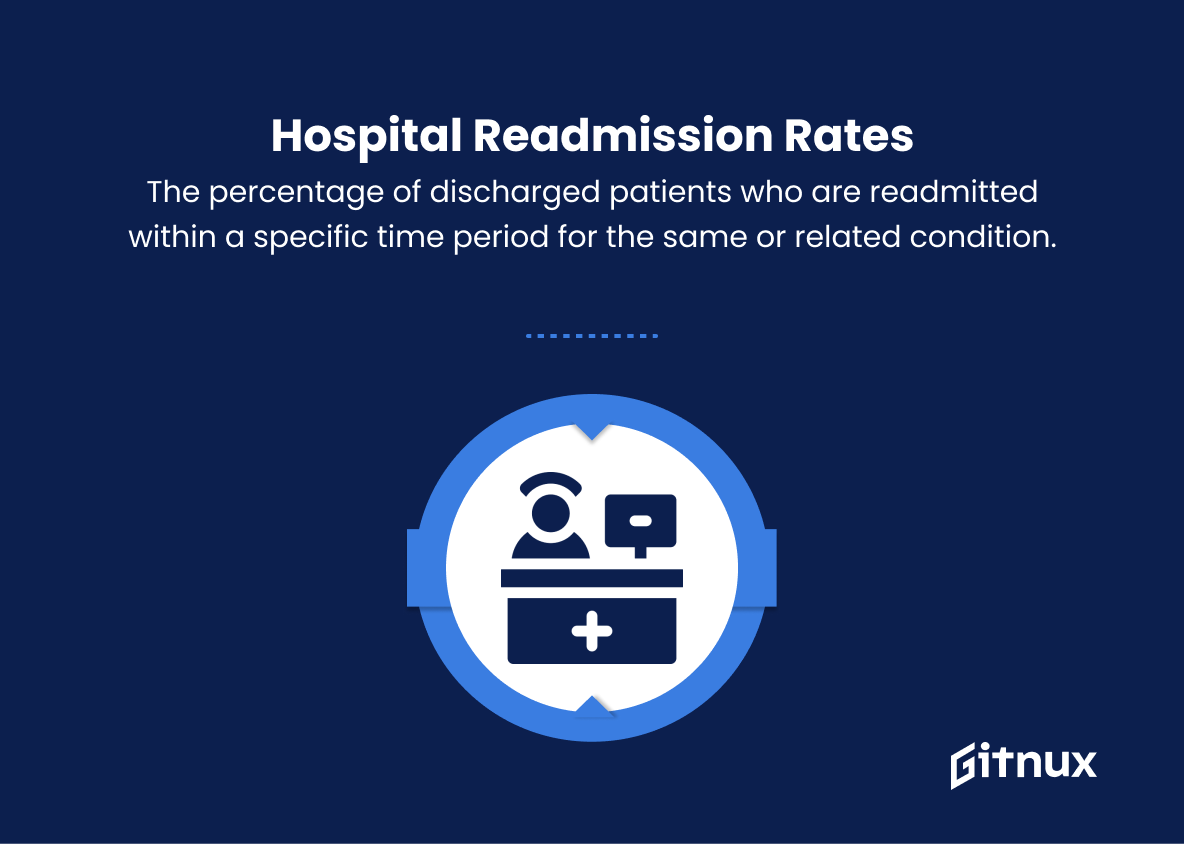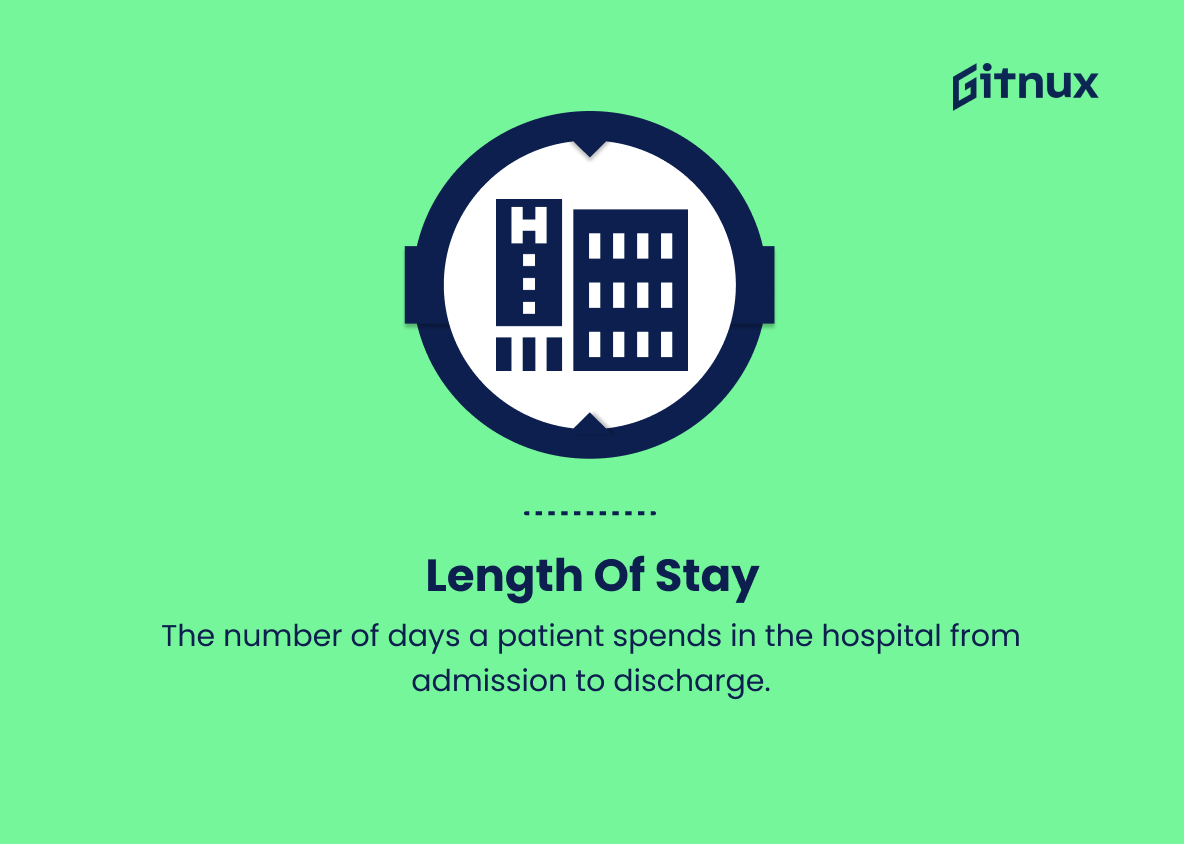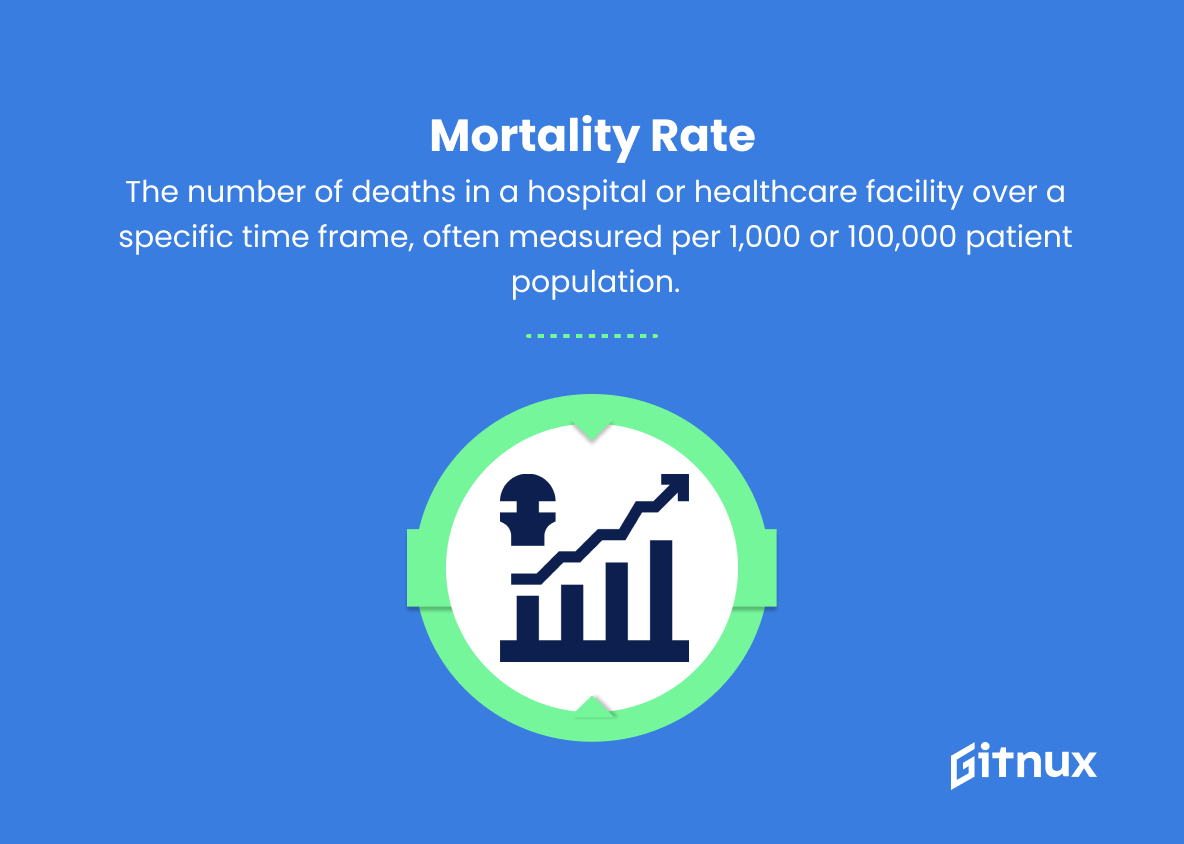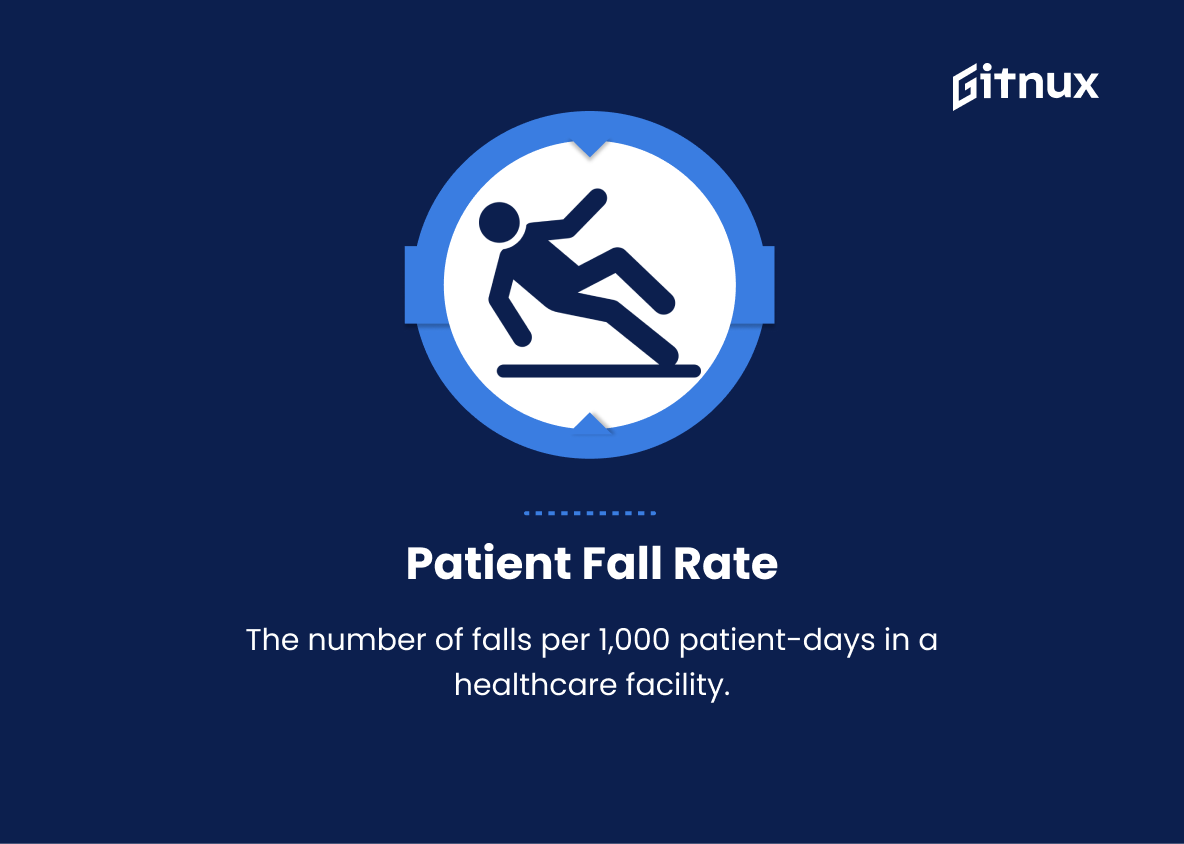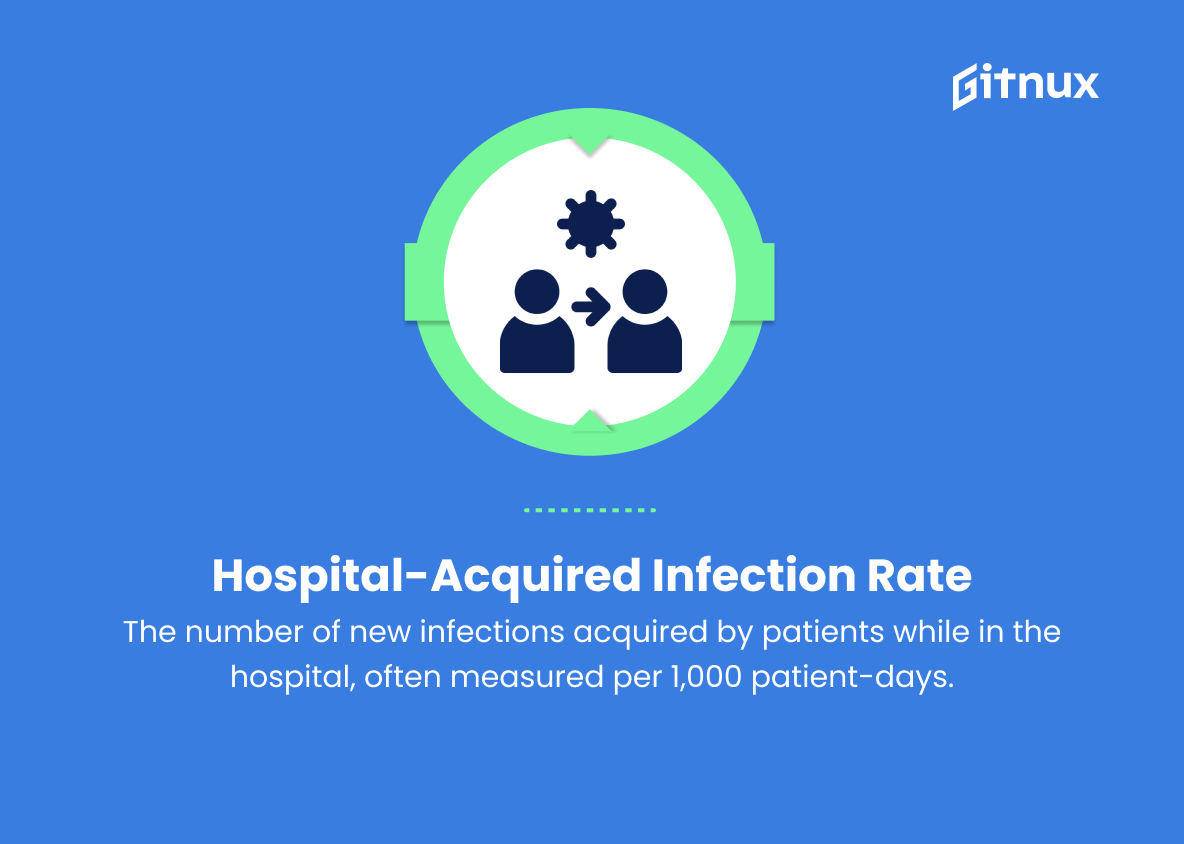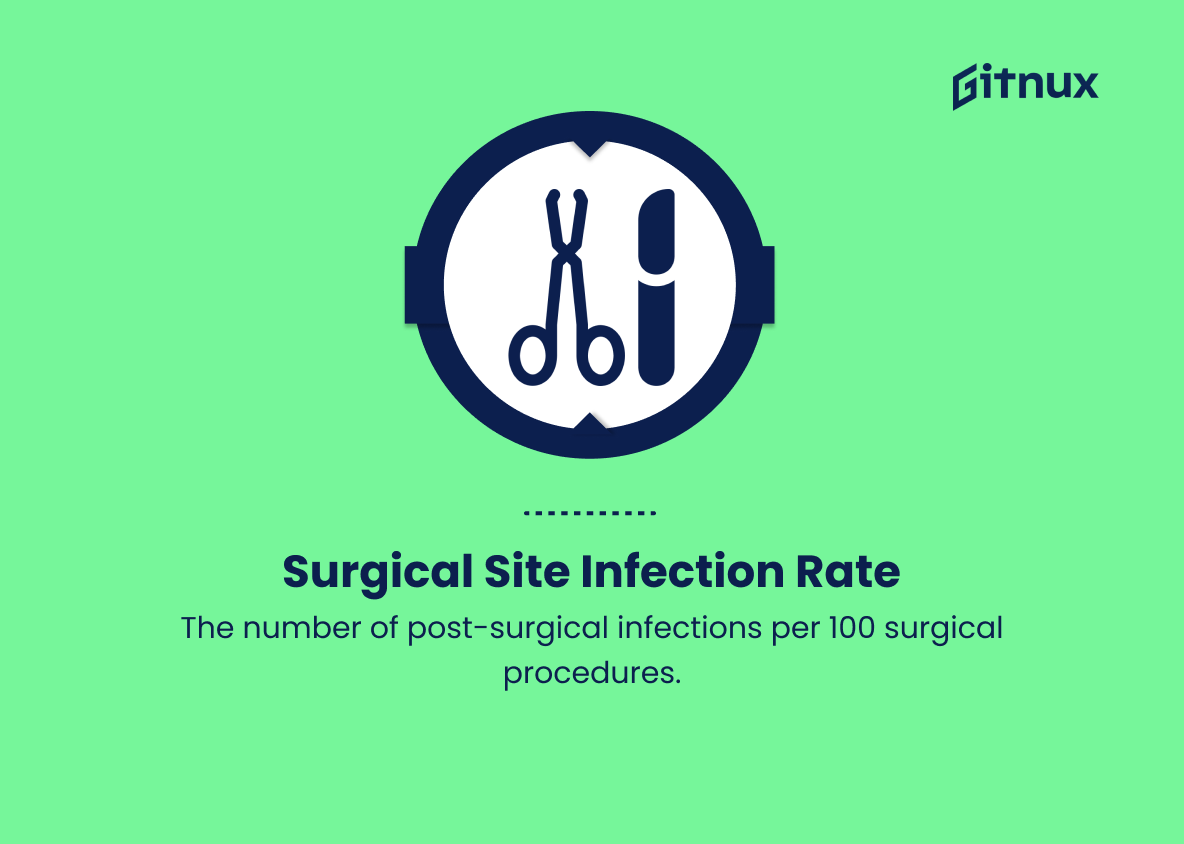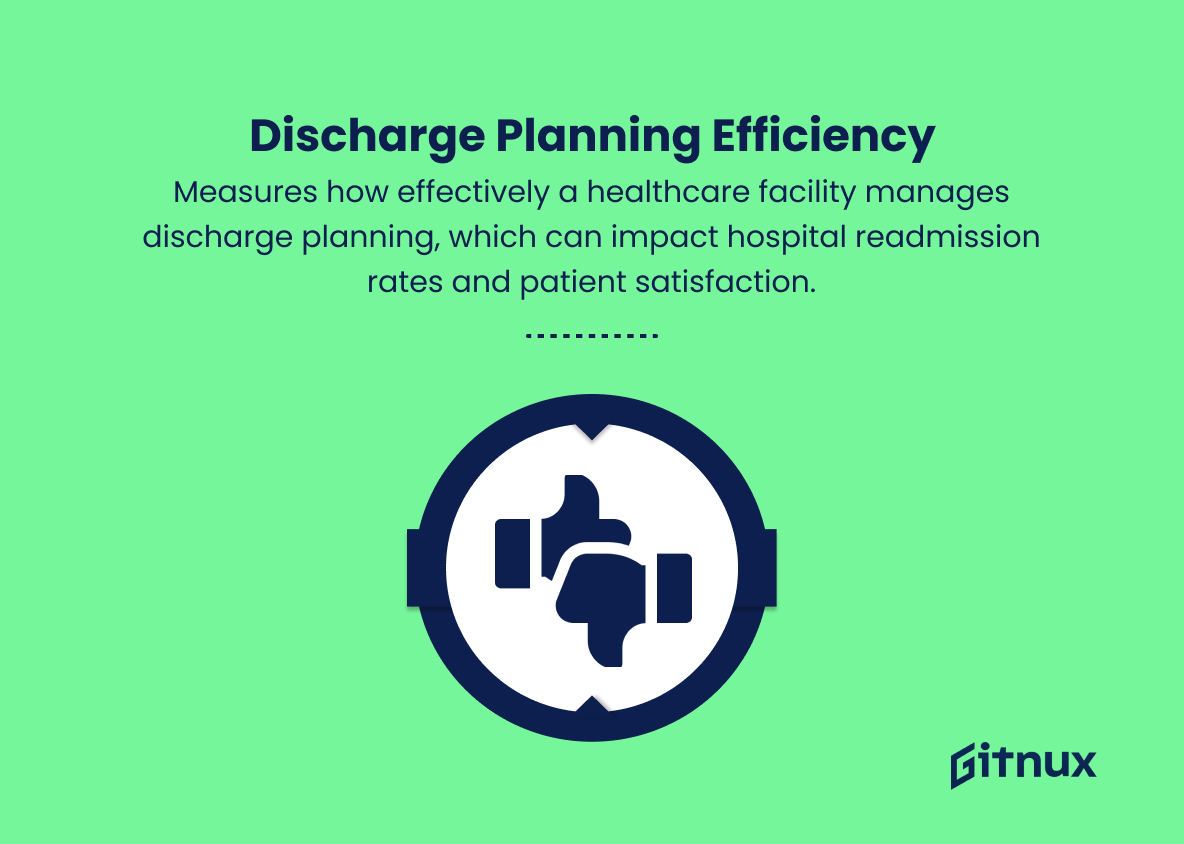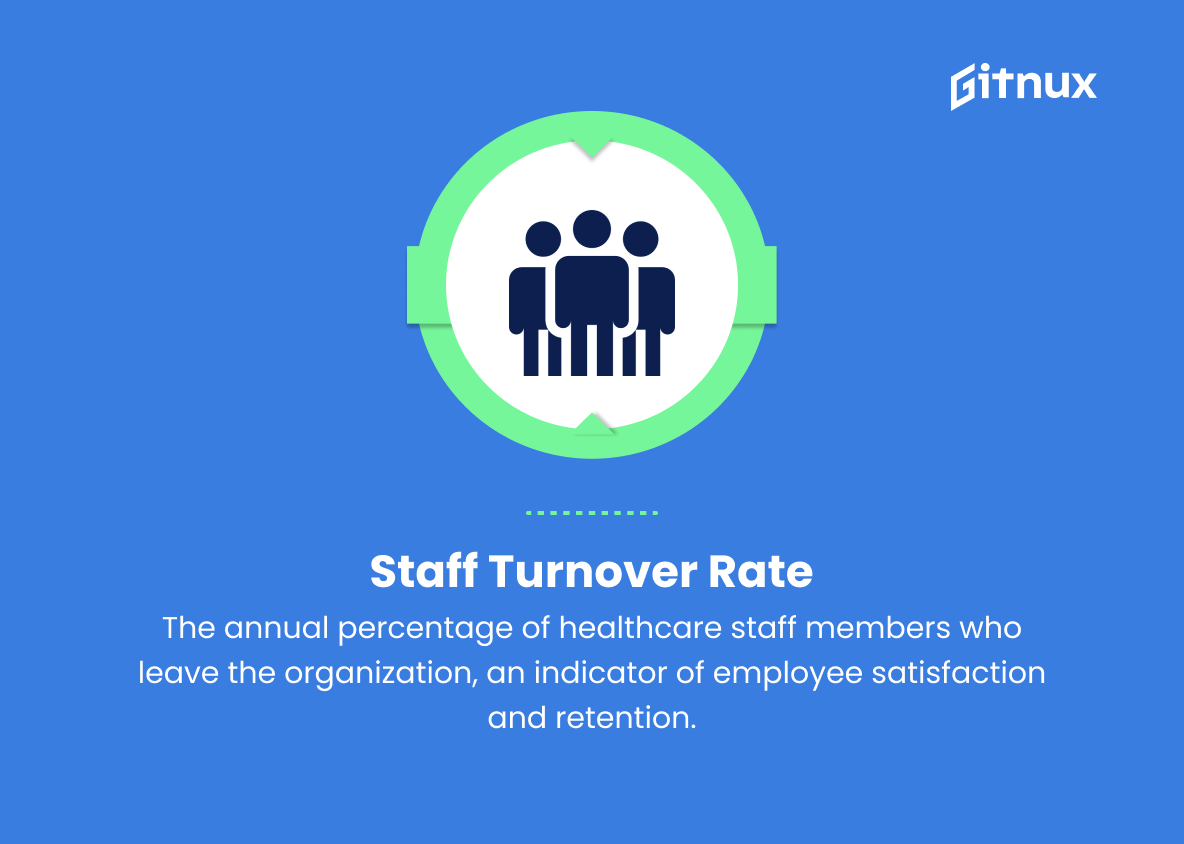In today’s dynamic healthcare landscape, it is crucial for organizations to constantly monitor their performance in order to deliver the highest quality of care to their patients while maintaining efficiency and cost-effectiveness. This is where Healthcare Key Performance Indicators (KPIs) come into play, providing valuable metrics that allow healthcare providers to assess their success and identify areas for improvement.
In this blog post, we will delve into the importance of Healthcare KPIs, discuss the most relevant and actionable KPIs, and outline how organizations can effectively utilize these metrics to drive growth and positive patient outcomes.
Healthcare KPIs You Should Know
1. Patient Satisfaction Score
Measures the overall satisfaction of patients with the care and services provided.
2. Bed Occupancy Rate
Percentage of available hospital beds occupied by patients over a specific time period.
3. Emergency Room Wait Time
Average time a patient spends in the emergency department before being seen by a healthcare professional.
4. Hospital Readmission Rates
The percentage of discharged patients who are readmitted within a specific time period for the same or related condition.
5. Length of Stay
The number of days a patient spends in the hospital from admission to discharge.
Patient Fall Rate: The number of falls per 1,000 patient-days in a healthcare facility.6. Mortality Rate
The number of deaths in a hospital or healthcare facility over a specific time frame, often measured per 1,000 or 100,000 patient population.
7. Patient Fall Rate
The number of falls per 1,000 patient-days in a healthcare facility.
8. Medication Error Rate
The number of medication errors (e.g., wrong drug, dosage, or administration) per 1,000 medication orders.
9. Hospital-Acquired Infection Rate
The number of new infections acquired by patients while in the hospital, often measured per 1,000 patient-days.
10. 30-Day Mortality Rate
The number of patients who die within 30 days of hospital admission, often expressed as a percentage of total admissions.
11. Surgical Site Infection Rate
The number of post-surgical infections per 100 surgical procedures.
12. Nurse-to-Patient Ratio
The average number of patients per registered nurse on duty.
13. Percentage of Preventable Admissions
The proportion of hospital admissions that could have been prevented by effective outpatient care or appropriate disease management.
14. Discharge Planning Efficiency
Measures how effectively a healthcare facility manages discharge planning, which can impact hospital readmission rates and patient satisfaction.
15. Staff Turnover Rate
The annual percentage of healthcare staff members who leave the organization, an indicator of employee satisfaction and retention.
16. Patient Treatment Plans Adherence
Measures the percentage of patients who follow their prescribed treatment plans, including medications, lifestyle changes, and follow-up appointments.
17. Time to Diagnosis
The average time it takes for a healthcare professional to diagnose a patient’s condition from the initial consultation.
18. Average Revenue per Patient
The total revenue generated by patients divided by the total number of patients served in a specific time period.
Average Revenue per Patient: The total revenue generated by patients divided by the total number of patients served in a specific time period.19. Average Cost per Patient Encounter
The direct and indirect costs associated with treating a patient divided by the number of patient encounters for a specific time period.
20. Value-Based Purchasing (VBP) Score
A composite score based on various performance metrics related to quality, patient satisfaction, and cost-efficiency in healthcare management.
Healthcare KPIs Explained
Healthcare KPIs are essential in evaluating the performance of healthcare facilities and ensuring that patients receive the best possible care. Patient Satisfaction Score is a critical indicator of the overall patient experience and can influence future patient choices and public perception. Factors such as Bed Occupancy Rate, Emergency Room Wait Time, and Length of Stay offer insights into the efficiency of hospital operations and available resources.
Monitoring Hospital Readmission Rates, Mortality Rate, and 30-Day Mortality Rate allows healthcare providers to identify potential areas of improvement in patient care and clinical practice. Addressing key safety concerns through KPIs such as Patient Fall Rate, Medication Error Rate, Hospital-Acquired Infection Rate, and Surgical Site Infection Rate is vital for maintaining a safe healthcare environment. Nurse-to-Patient Ratio impacts the quality of care delivered and employee satisfaction.
Focusing on Preventable Admissions and Discharge Planning Efficiency can reduce hospital readmission rates and improve patient outcomes. Staff Turnover Rate reflects employee satisfaction and may impact continuity of care for patients. Patient Treatment Plans Adherence, Time to Diagnosis, and Value-Based Purchasing Score indicate how well healthcare organizations meet patient needs and expectations while maintaining cost-efficiency.
Finally, assessing Average Revenue per Patient and Average Cost per Patient Encounter can provide valuable insights into the financial sustainability and overall management of a healthcare facility. By tracking and analyzing these KPIs, healthcare providers can work towards continuous quality improvement and better patient outcomes.
Conclusion
In summary, Healthcare KPIs are essential tools for stakeholders across the healthcare sector to evaluate, monitor, and continuously improve the quality of care provided to patients. By carefully selecting and consistently measuring these critical performance indicators, we can effectively drive positive change in various areas, such as patient satisfaction, treatment outcomes, operational efficiency, and financial viability. Ultimately, Healthcare KPIs are indispensable in fostering a culture of data-driven decision-making and contributing to a more sustainable, equitable, and patient-centered healthcare system.

